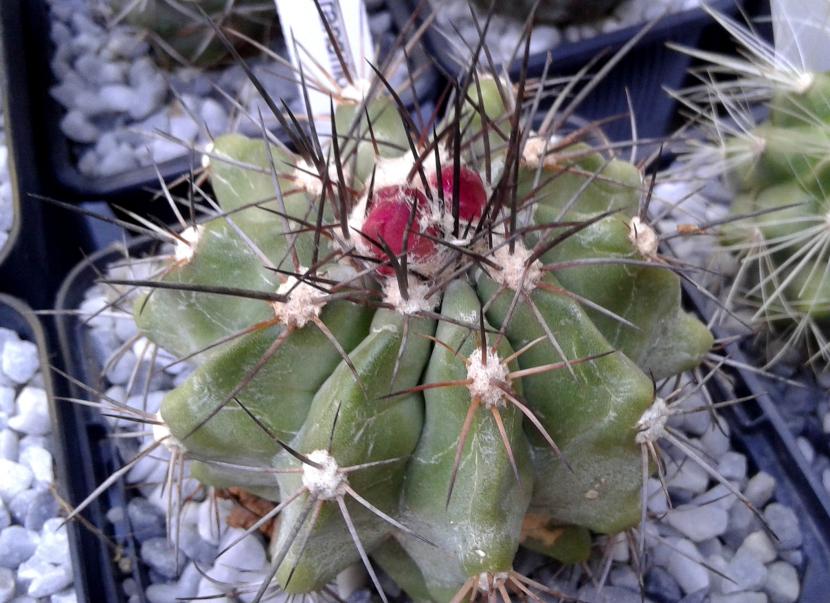
Frithia pulchra
Succulents are plants that are not very tolerant of excess water. Over thousands of years they have evolved adapting to an environment where rainfall is so scarce that the pores on the surface of their bodies open every morning in order to absorb the tiny drops of dew.
In cultivation we pamper them a lot: we make sure that they do not lack anything, neither water nor food, but even so we can do more so that they have an even better development. We can improve the drainage of the land so that its roots are properly aerated. How do you do that? It's actually very simple…
Learn how to improve potting soil drainage
- Perlite. Image from Burespro.com
- Akadama. Image from Bonsainostrum.com
- Cheek. Image from Europomice.com
The substrate or potting soil that we are going to use has to be very porous, that is, that it has to be made up of more or less small grains like black peat or, even better, like those of volcanic rock being highly recommended examples the pomx and the akadama. Both substrates are imported from Japan, and are widely used for bonsai since these, like our favorite plants, need to always have correctly aerated roots.
The main differences are the color (whitish of the cheek, brown of the akadama) and the fact that the former is a substrate that does not decompose so easily. The akadama being a clay over time we will see that it turns into dust, which could be a problem especially for caudiciformes.
In case we don't want to get too complicated, we can use black peat mixed with perlite in equal parts. Perlite is also a mineral of volcanic origin, but it is very reminiscent of cork in both color and touch; And even if you put it in a container of water, it stays floating. But it has the main advantage that it is very easy to find and is much cheaper (a 10-liter bag can cost around 7 euros, while a 14-liter bag of akadama costs 18-20 euros).

Copiapoa grandiflora
Taking all this into account, we can improve the drainage of the soil from the pots by planting our cacti, succulents and / or plants with caudex with any of the substrates that we have mentioned, or by making a mixture like these:
- 50% black peat + 50% perlite
- 40% black peat + 30% perlite + 30% akadama
- 70% pumice + 30% akadama
And if we want them to look even prettier, we can put small decorative stones on the surface that we will find in pet stores or nurseries.
Discover how to improve the drainage of garden soil

Soehrensia formosa
If we have a garden or a small piece of land that we want to give it a desert touch, first of all we have to check how long it takes for the soil to filter the water. To do this, what we will do is dig a hole about 30 centimeters deep and fill it with water. If it has a good drainage, it will not take more than 2 minutes to absorb the precious liquid; on the contrary, if it has a bad drainage it could take even hours.
In the first case, we will not have to do anything except to design our succulent garden 🙂, but if our soil is compact and it takes a lot to drain the water, then there will be no choice but to do something. Fortunately for us, the root system of succulents is shallow, and although the largest cacti can have roots that are several meters long, they are not capable of causing us any problems. For this reason, It will be enough to make planting holes taking into account the adult size of the species we want to plant, introduce a black shading mesh covering the base and sides, and use any mixture that we have commented above.
For small plants, such as Echeveria or Aeonium, another thing we can do is dig a hole, insert a block (of the ones that are hollow inside), and plant the seedlings in it in the same way that we would if we wanted to plant them in a pot. Easy right?
If you have doubts, do not leave them in the inkwell 🙂.



Very good article
We are glad you liked it, Brinda 🙂